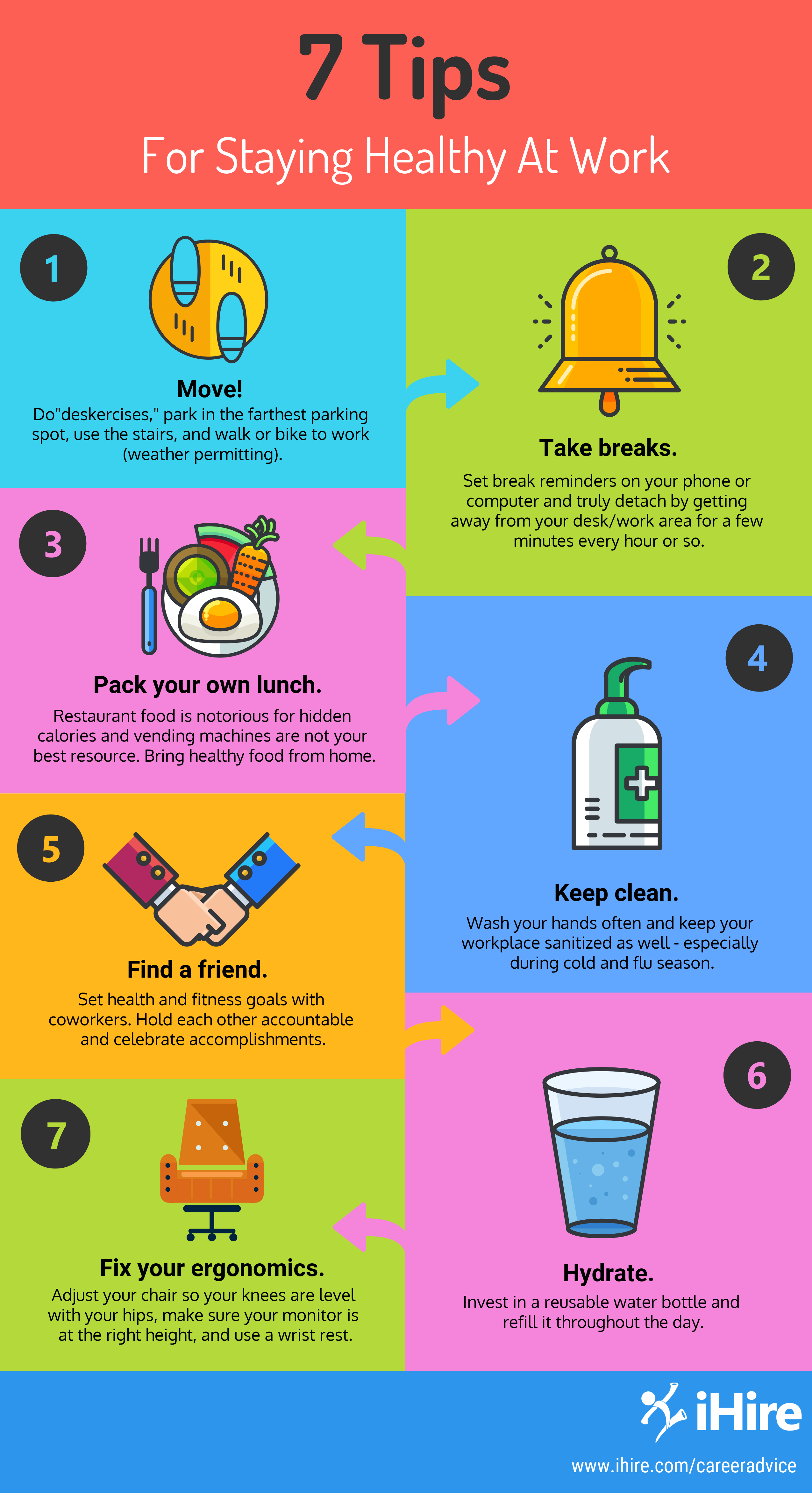Pain Signs From Stomach Rupture After Consuming: Why It Happens And Just How To Manage It

Authored By- Appendix Vs Hernia Pain
If you've experienced stomach hernia discomfort after eating, you're not alone. This pain commonly develops from the pressure on a weakened area of your abdominal wall throughout digestion. You may discover sharp or aching pain, bloating, or even a noticeable bulge. Yet what can you do to handle these signs? Comprehending the connection between hernias and post-meal discomfort is the primary step toward finding alleviation. Let's explore this better.
Recognizing the Web Link Between Hernias and Post-Meal Pain
When you consume, your body undergoes a complex procedure of food digestion that can occasionally set off discomfort if you have a hernia. This takes place since a hernia occurs when an organ or cells bulges via a weak point in the abdominal wall surface.
As food actions via your digestive tract, it may put pressure on this damaged area. You might really feel pain or discomfort, especially after consuming bigger dishes or certain foods that create bloating.
Furthermore, the activity of your intestines during digestion can intensify the hernia, resulting in much more intense feelings. Understanding https://www.generalsurgerynews.com/In-the-News/Article/08-20/More-Than-30-Years-of-Inguinal-Hernia-Surgery-Have-We-Moved-the-Needle-/59278 is vital, as it aids you identify potential triggers and make dietary adjustments to take care of discomfort effectively.
Keeping an eye on what you eat can offer beneficial understandings.
Common Symptoms of hernia Discomfort After Consuming
If you have a hernia, you could observe details signs after consuming that signal discomfort. Generally, you may experience sharp or aching discomfort in your abdominal area, particularly around the hernia website. This discomfort can escalate after dishes, specifically if you've consumed a huge section or heavy foods.
Bloating and gas are additionally regular complaints, making you really feel annoyingly full. You may even see a visible lump in your abdomen that ends up being more noticable post-eating.
Queasiness and periodic vomiting can take place, specifically if the hernia is triggering a blockage. If you find yourself experiencing these signs and symptoms consistently after dishes, it's crucial to speak with a healthcare expert for correct analysis and recommendations.
Methods for Taking Care Of hernia Discomfort After Meals
To take care of hernia pain after meals efficiently, consider making some nutritional and way of living modifications.
Start by eating smaller sized, much more frequent meals as opposed to big sections, which can reduce stress on your abdomen. Concentrate on low-fat, high-fiber foods to relieve food digestion. Prevent spicy, acidic, or fried foods that might cause pain.
In addition, maintain a healthy and balanced weight to decrease strain on your abdominal wall.
After consuming, attempt to remain upright for at least 2 hours to assist food digestion; this can aid protect against pain. Gentle activities like walking can also promote food digestion, however avoid extreme workout right away after dishes.
Remaining moisturized is important-- drink lots of water throughout the day to support digestive health and total well-being.
Conclusion
Finally, if you're experiencing stomach hernia discomfort after eating, it's crucial to identify the connection in between your diet regimen and your signs and symptoms. By embracing smaller sized, much more frequent meals and staying clear of trigger foods, you can dramatically decrease discomfort. Staying upright and appealing in light activity post-meal can additionally help. Do not be reluctant to consult a medical care professional if your signs and symptoms linger. Taking these steps can improve your comfort and improve your total well-being.

